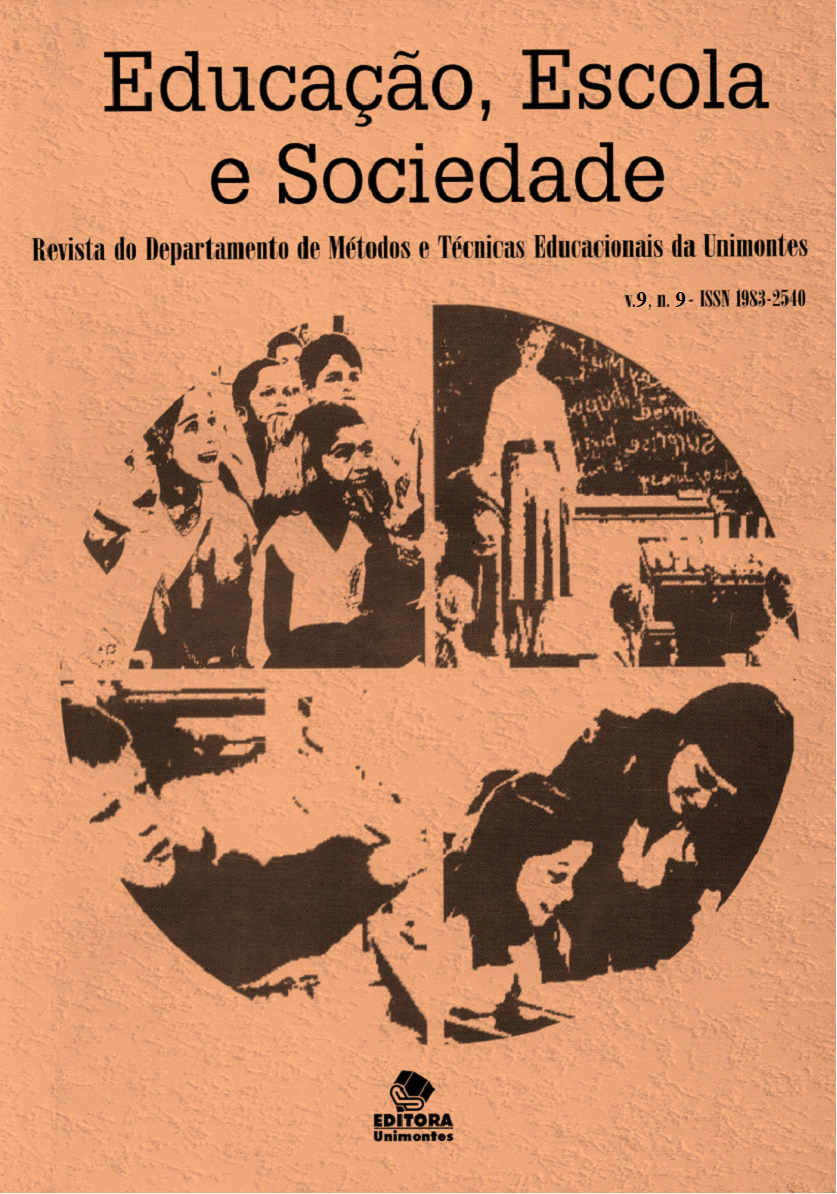Science for all: museums as spaces of scientific dissemination
Abstract
The main task of the museum is to record aspects of the trajectory of man, character and agent of history. They are active and dynamic producers who create realities through objects. To promote the integration of scientific and technological work in the social fabric, stimulating reflection and debate, science museums use the three-dimensional material elements to implement communication with the visiting public. This article, through a bibliographical survey, tries to reflect the characteristics and peculiarities of the scientific divulgation in the specific environment of the museums. It is intended to answer the following questions: How can museums collaborate in the dissemination of science? It is concluded that museums dedicated to science contribute to the education of society and consequently to increase the interest in studying science or technology as a way to contribute to the wealth of the country in different senses. The dissemination of science, along with formal scientific education, is an essential element of overcoming underdevelopment and the social problems of the country. As a form of teaching, the museum can work in partnership with the emerging models of formal education, without any subservience to one another. It is presented as a way to favor the improvement of scientific education. He is an increasingly important actor in cities, in the country and in the world.
Keywords: Information and Society. Scientific divulgation. Museums of Sciences.
Downloads
References
BALLÉ, Catherine. Ciências e técnicas: uma tradição museal? In: BORGES, Maria Eliza Linhares (org.). Inovações, coleções, museus. Belo Horizonte: Autêntica, 2011. p.167-180.
BEZERRA DE MENESES, U.T. Do teatro da memória ao laboratório da história: a exposição museológica e o conhecimento histórico. Anais do Museu Paulista, v.2, p. 9-41,1994.
BOURDIEU, P. Ce que parler veut dire. L’économie des échanges linguistiques. Paris: Fayard, 2009.
BRASIL. Ministério de Ciência e Tecnologia. Guia de Museus de Ciência do Brasil chega à 3ª edição. Portal Brasil, 05 maio 2015. Disponível em: . Acesso em: 1 jul. 2015.
BRULON, B. Re-interpretando os objetos de museu: da classificação ao devir. Transinformação, v.28, n.1, p.107-114, mar. 2016.
BUCKLAND, M.K. Information as thing. Journal of the American Society for Information Science, JASIS, v.45, n.5, p.351-360, 1991.
CURY, Marília Xavier. Museus em transição. In: SISTEMA ESTADUAL DE MUSEUS DE SÃO PAULO - SISEM-SP. Museus: o que são, para que servem? São Paulo, 2011. Coleção museu aberto. p. 17-28.
DESVALLÉES, A. Que futuro para os museus e para o patrimônio cultural na aurora do terceiro milênio: conferência proferida durante o encontro do APOM, Casa da Eletricidade, Funchal. Revista da APOM, n.1, p.46-74, 2003.
FINDLEN, Paula. Possessing Nature: museums, collecting, and the scientific culture in early modern Italy. Berkeley: University of California Press, 1994.
FOUCART, B. Le musée du XIXe siècle: temple, palais, basilique. In: GEORGEL, Chantal. La Jeunesse des Musées. Verlag: Ed. de la Reunion des musees nationaux,, 1994
FREEDMAN, Gordon. The Changing Nature of Museums. Curator: The Museum Journal, v. 43, n. 4, p. 295-306, 2000.
GONZÁLEZ DE GÓMEZ, Maria Nélida. Novas fronteiras tecnológicas das ações de informação: questões e abordagens. Ciência da Informação, v.33, n.1, 2004. Disponível em: < http://revista.ibict.br/ciinf/article/view/1068/1159 >. Acesso em: 1 jul. 2015.
LOUREIRO, Maria Lucia de Niemeyer Matheus. Museus de Arte no ciberespaço: uma abordagem conceitual. 2003. Tese (Doutorado em Ciência da Informação) - IBICT, Programa de Pós-Graduação em Ciência da Informação; Escola de Comunicação, Universidade Federal do Rio de Janeiro, Rio de Janeiro, 2003
MAIRESSE, F. DELOCHE, B. Objet [de musée] ou muséalie. In: DESVALLÉES, A; MAIRESSE, F. Dictionnaire encyclopédique de muséologie. Paris : Armand Colin, 2011, p. 385-419.
OLMOS-PEÑUELA, J.; CASTRO-MARTÍNEZ, E.; FERNÁNDEZ-ESQUINAS, M.. Diferencias entre áreas científicas en las prácticas de divulgación de la investigación: un estudio empírico en el CSIC. Revista Española de Documentación Científica, v.37, n.2, p.e-040, 2014.
RUSSIO, Walsisa. Museu, para quê? (a necessidade da arte). In: BRUNO, Maria Cristina Oliveira (coord.) Waldisa Rússio Camargo Guarnieri: textos e contextos de uma trajetória profissional. São Paulo: ICOM, 2010. p. 69-77.
SOUZA, Daniel Maurício Viana de. Ciência para todos? A divulgação científca em museus. Ciência da Informação, Brasília, DF, v. 40 n. 2, p.256-265, maio/ago., 2011.
VALDECASAS, Antonio G; CORREA, Ana M. Science literacy and natural history museums. J. Biosci., v.35, n.4, p. 507–514, dec. 2010.














